Determining how many watts of solar power your home needs for efficient energy planning is simple. Many factors, such as household electricity consumption, peak sunlight hours, and battery storage capacity, help you find the right solar power for your home. Whether you're looking to reduce electricity bills or prepare for emergencies, you need to understand your home's power requirements to ensure you invest wisely.
For homeowners seeking a flexible and portable solar generator, options like the Jackery Solar Generator provide a reliable way to harness solar energy without complex installations. They are compact in design and feature highly efficient batteries that can power most household appliances, such as refrigerators, fans, lights, TVs, and more. This guide will reveal key considerations to help you calculate the wattage you need for a solar-powered home.
Key Takeaways
- A home's energy consumption varies based on base vs. peak load, seasonal changes, and whether it is in an urban, suburban, or rural setting.
- Solar power solutions range from portable generators for temporary or mobile use to fixed panel systems for continuous, long-term energy supply.
- Estimating backup power needs requires calculating essential appliance usage, battery storage capacity, and expected outage duration.
- Jackery Solar Generators are reliable, portable solar-powered generators suitable for emergency backup, off-grid living, and sustainable energy independence.
Understanding Energy Load Profiles for Different Home Types
As the energy consumption of a home depends on the season, an energy load profile is a graph that shows the energy usage on a daily or seasonal basis. The graph will also vary as you will use more energy at on-peak times compared to off-peak times of the day.
You can also look at the energy load profile of the entire year to understand the energy usage over time. It also helps you identify the time when you can cut down your electricity consumption and utility bills. Let's check out some factors that affect the energy load profile and portable solar power for home:
Home Location: If you live in an area where you will need to use your heating and/or cooling system for longer periods, you might find that the load factor is lower than for someone who spends a larger portion of the year with windows open.
Heating & Cooling Type: The heating or cooling system you use to cool or heat your home will also affect the load profile. If you are using an electric HVAC system, you will notice more significant usage increases during winter or summer months.
Appliances: If you own large items like electric vehicles and pools that require pumps and filters, the day-to-day load profile will show a significant increase in electricity demand. Other appliances, like lights, refrigerators, etc., contribute to daily electricity usage and load profile.
Types of Solar Power Solutions for Homes
There are two basic types of solar power for home solutions available for homeowners: grid-tied and off-grid power systems. Let's briefly explain the differences between these types of solar power systems:
Grid Tied Solar Power System
Grid-tied solar systems are among the most cost-effective, as they do not include batteries. These systems send the generated energy to the utility grid, where it is stored for later use. Under the net metering system, you will receive credit for anything the system generates. Usually, the solar panels are fixed on the home's rooftop to collect and convert sunlight to electricity, which is then sent to the grid. However, these systems are still vulnerable to power outages.
Off-grid Solar Power System
An off-grid solar power solution is suitable for delivering electricity to remote locations where access to the utility grid is not available. It includes solar panels and a battery that work together to produce electricity from sunlight and store the AC electricity in the battery for later use. Jackery Solar Generators are reliable off-grid generators that can power home appliances, especially during peak hours, to reduce overall electricity bills.
Backup Solar Power for Home: How Much Do You Need
The amount of backup solar power needed for homes will depend on the average daily electricity usage. Generally, a typical household might need 5 - 10kWh of battery storage capacity to power essential appliances during a power outage. Here's how much backup solar power for the home is necessary for short-term or long-term outages:
Step 1: Establish Your Energy Goals
Start by determining what you would like to power with the help of a solar-powered generator. While home battery backup systems are mostly associated with critical load backup, time-of-use rates are becoming more common around the US, which is why off-grid generators are gaining more popularity.
Step 2: Determine the Size of the Load
Next, figure out the sizing of the solar battery or power station depending on the maximum load you want it to power. For example, if your goal is to power only the most critical appliances during grid outages, the first step is to identify those. Some essential home appliances include:
- Refrigerator
- Lights
- Fans
- Medical Devices
- Kitchen Appliances
- TV and WiFi
- Water Heating
Then, make a load list to add up how much electricity each system uses to get an idea of how much capacity you will need to power these appliances.
Step 3: Choose How Long You Want to Power Your Loads
The last step is to determine how long you want to power each critical appliance during an outage. Then, add up each appliance's total power consumption. Here's a table revealing the critical loads and the time you might run them during an outage:
|
System |
Power |
Daily usage (hours) |
Power per day |
|
Refrigerator |
300 Watts |
8 |
2.4 kWh |
|
CPAP |
200 Watts |
8 |
1.6 kWh |
|
Lights |
200 Watts |
5 |
1 kWh |
|
WiFi |
50 Watts |
24 |
1.2 kWh |
|
TV |
100 Watts |
5 |
0.5 kWh |
|
Coffee Maker |
800 Watts |
1 |
0.8 kWh |
|
Microwave |
1500 Watts |
1 |
1.5 kWh |
|
Electric Oven |
2000 Watts |
1 |
2 kWh |
|
Water Heater |
1000 Watts |
2 |
2 kWh |
|
Total |
13 kWh |
||
*The figures are averages and are meant for example use only. Check the power rating for your specific devices when creating a load list.
How Many Watts of Solar Power Does a Home Need?
Every home is unique, and so are the wattage requirements. Several factors influence the number of solar panels and solar power for home: energy consumption, the type of appliances you use, and the state you live in. Here’s how many watts of solar power for a home is needed:
Step 1: Calculate Your Home's Average Energy Requirements
Look at past utility bills to determine your home's average energy consumption. You can typically find the usage at the bottom of your electricity bills. According to the US Energy Information Department, an average home consumes 899 kWh per month.
Step 2: Determine the Peak Sun Hours
The peak sun hours for your location will directly impact the energy you can expect from the home solar system. For instance, if you live in Phoenix, you can expect a greater number of peak sun hours than if you live in Seattle. If you want to check the sunlight information by state for your major, you can visit the National Renewable Energy Laboratory (NREL). On average, a US home receives about 137 monthly peak sun hours.
Step 3: Divide the Household Electricity Consumption by Monthly Peak Sun Hours
Now that you know the household electricity consumption and the peak sun hours received per month, the next step is to divide them. This will help you calculate the solar power system size for the home you need to install to cover the energy needs in kilowatts. For example, if your home's power consumption is 750kWh and your area receives 5 hours of sunlight per day (or 150 hours/month), the size of the solar system you need will be 5kW (or 5000W).
Step 4: Calculate the Number of Solar Panels Needed
Solar panels for home are available in different power outputs, ranging from 100W to 500W. If you have a 500W solar panel, the total number of panels required to build a 5kW solar system will be 5000W ÷ 500W = 10 solar panels.
|
Home Type |
Average Energy Use (kWh/day) |
Estimated Solar Power Needed (kW) |
|
Small Apartment |
5 - 8 kWh |
1.5 – 2.5 kW |
|
Medium-Sized Home |
8 - 12 kWh |
2.5 – 3.5 kW |
|
Large Home |
15 - 25 kWh |
4.5 – 7.5 kW |
|
Off-Grid Home |
8 - 20 kWh |
2.5 – 6 kW (Plus battery backup) |
However, if you don't have enough roof space to install multiple solar panels, you can consider investing in portable solar power for your home. Jackery Solar Generators are portable and reliable home battery backups that can power most household appliances for long hours. For instance, the Jackery Solar Generator 5000 Plus has a battery capacity of 5040Wh and can power almost all household appliances.

Jackery Solar Generators for Home
Choosing the best Jackery Solar Generator depends on your home's size, energy consumption, and backup power needs. Smaller homes with basic power requirements such as running a refrigerator, WiFi router, and essential lighting can choose a mid-range system. Larger homes or those needing full backup for heavy appliances like air conditioners, electric stoves, and heaters require a higher-capacity generator. Below, we will explore the best solar-powered generator that suits different home setups.
Jackery Solar Generator 5000 Plus
The Jackery Solar Generator 5000 Plus is best suited for large homes or households needing home backup. It can run high-energy appliances like air conditioners, electric stoves, and multiple other devices. It's ideal for families in off-grid locations or areas with frequent blackouts. With powerful output and expandable capacity, it ensures long-term energy security without the hassle of fuel-based generators. The solar-powered generator has a compact design with pull rods and double wheels for easy movement anywhere.
Appliances Running Time
- Large Refrigerator (2000W) = 2.0H
- Washing Machine (3000W) = 1.3H
- Garment Steamer (2500W) = 1.6H
- Air Conditioner (2000W) = 2.0H
- Microwave (1500W) = 2.6H

Customer Review
"I bought this as a backup power option for power outages. This is an absolute beast of a home battery supply. It offers multiple output options, including AC, DC, and USB ports, and can power appliances like refrigerators and AC for hours. The user-friendly display and app provide real-time data on battery usage and remaining power." — Kendra.
Jackery Solar Generator 2000 Plus
The Jackery Solar Generator 2000 Plus provides reliable power for essential appliances in your small or mid-sized homes, like refrigerators, WiFi routers, and home office setups. It's ideal for households looking for backup during short outages or long-term blackouts. With its expandable battery system, it's a smart choice for anyone wanting a portable, scalable, and eco-friendly power solution. With the multiple add-on battery packs, the capacity can be extended from 2kWh to 24kWh.
Appliances Running Time
- Microwave (1500W) = 1.0H
- Refrigerator (900W) = 1.8H
- Portable Air Conditioner (1000W) = 1.6H
- Coffee Maker (800W) = 2.0H
- Electric Grill (1500W) = 1.0H

Customer Review
"Plan is to use it at my home for emergency situations if/when power goes out - which is thankfully not typically very often. Have not had to use it during a power outage yet, but during a day of testing, it performed well running our kitchen refrigerator, home WiFi, lamp and fan… plus separately an air fryer and coffee maker." — Frederick R.
Solar Power for Home FAQs
How much solar power is required to run a house?
The amount of solar power needed to run a house depends on its size, energy consumption, and the local weather. A 3kW solar system is generally suitable for an average-sized home, whereas a 5kW solar system can meet the needs of a house that consumes 3,000 to 4,000 kWh annually. However, larger families or those using air conditioning may need a solar system with a capacity of 5kW to 7kW.
Is 7kW enough to run a house?
Yes. A 7kW solar power system can be enough to run a house, especially for a moderate-sized home with average energy consumption, but it depends on the specific household's electricity usage. Larger homes with high-energy appliances might need a larger system, while smaller or moderate-sized homes might find 7kW to be more than enough.
Which type of solar is best for home?
Monocrystalline solar panels are considered the best choice for a home solar system due to their high efficiency, longer lifespan, and optimal performance in most residential settings. Jackery SolarSaga Solar Panels are built with monocrystalline silicon cells and can be connected with the Jackery Portable Power Stations to build a Jackery Solar Generator for the home.
How much kW is required for a house with a 4-ton AC?
A 4-ton AC typically consumes around 5000 - 6000 watts of electricity per hour. However, the exact power consumption may vary depending on factors such as usage patterns and the unit's efficiency rating.
Conclusion
Choosing the right solar power for home starts with understanding your household's energy needs. Calculating wattage requirements and considering battery storage helps ensure a consistent power supply year-round. Whether installing a full rooftop system or opting for a portable battery backup, solar energy can reduce reliance on the utility grid and lower electricity costs. For those seeking a convenient, off-grid option, the Jackery Solar Generator offers a practical way to harness renewable energy anytime, anywhere.
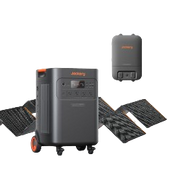
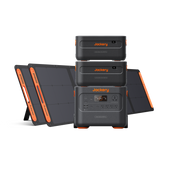
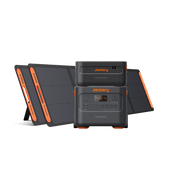
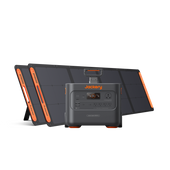

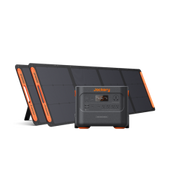
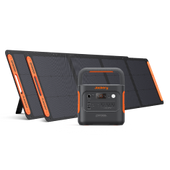

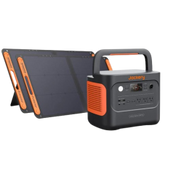
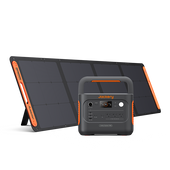
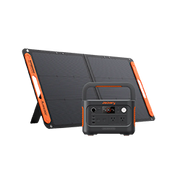

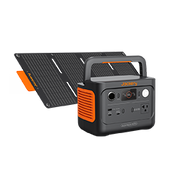
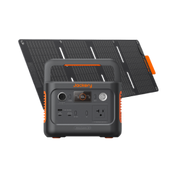
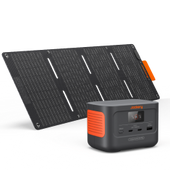
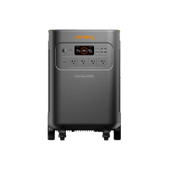

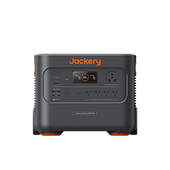
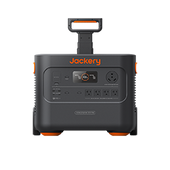
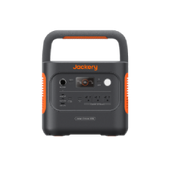
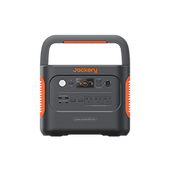
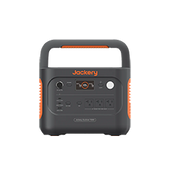
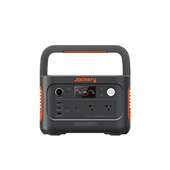
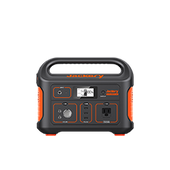


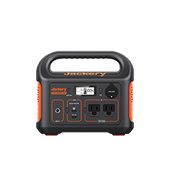
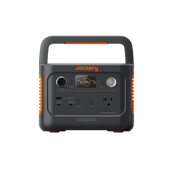
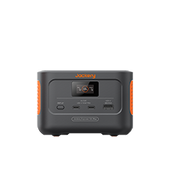



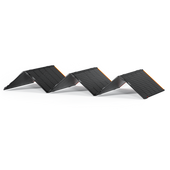

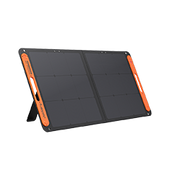
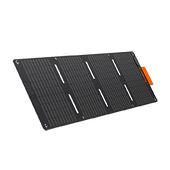
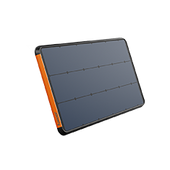
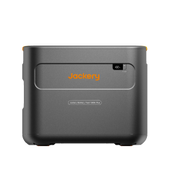
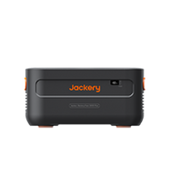
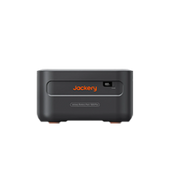

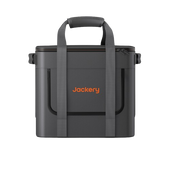
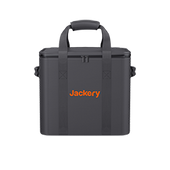
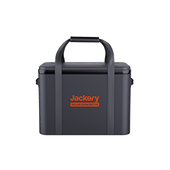
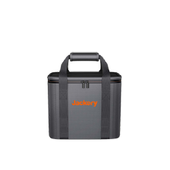
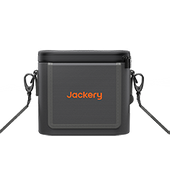
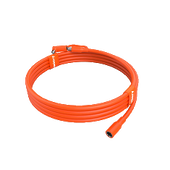

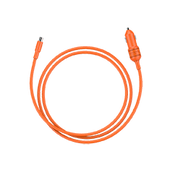

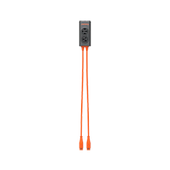
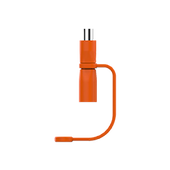
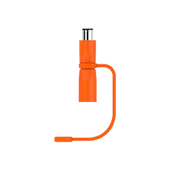
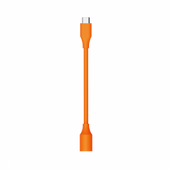
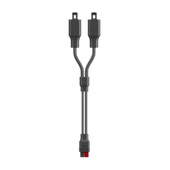
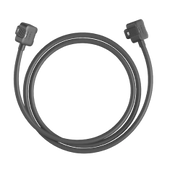
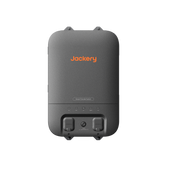
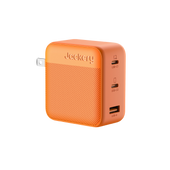

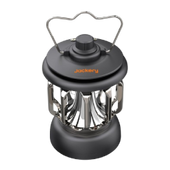


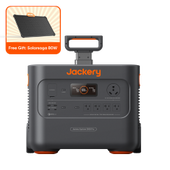
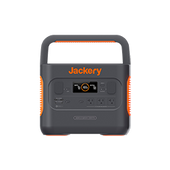
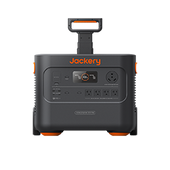
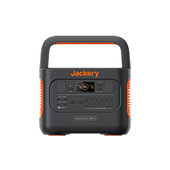
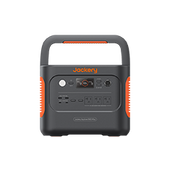
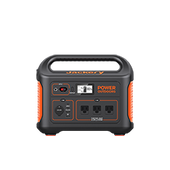
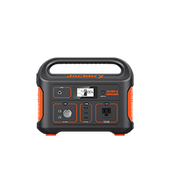
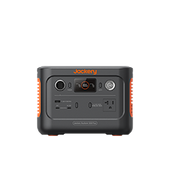
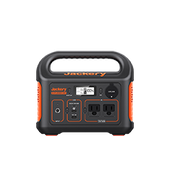
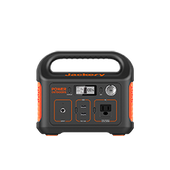

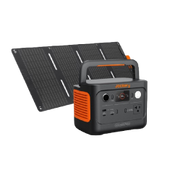
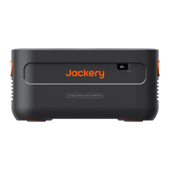
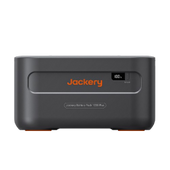
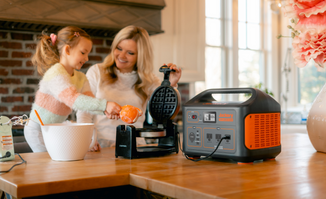
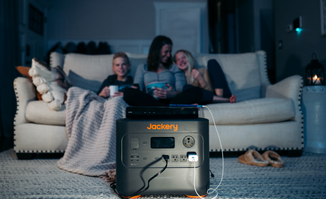

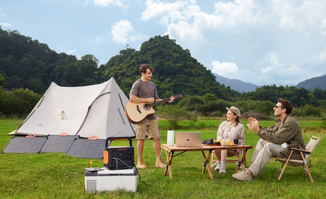
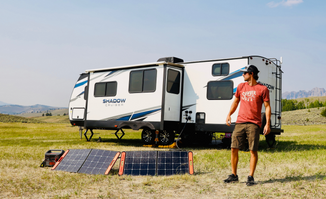


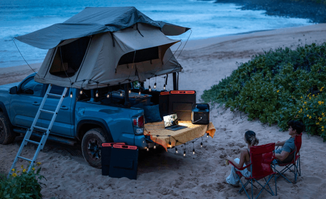
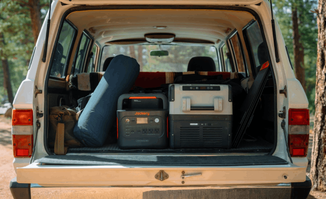




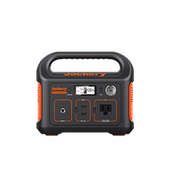
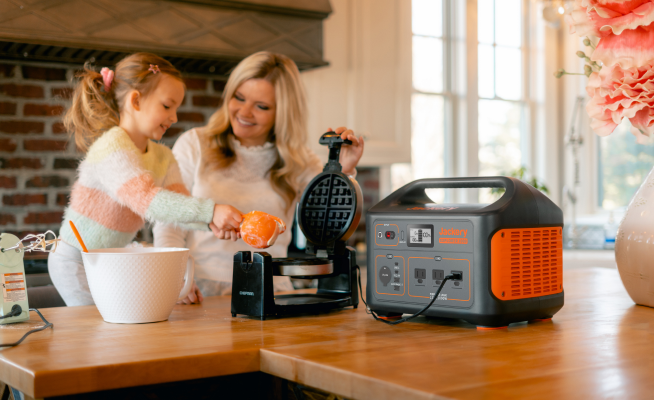
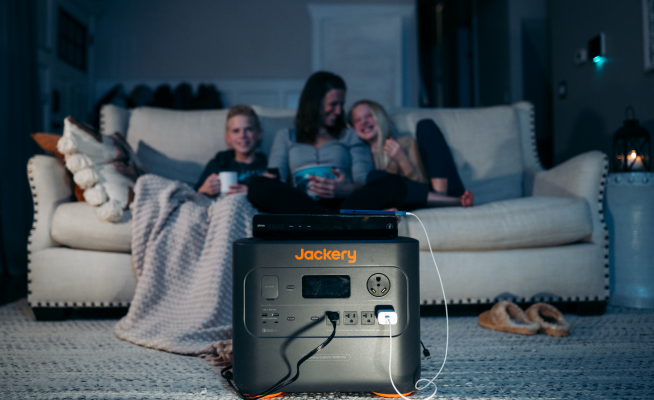
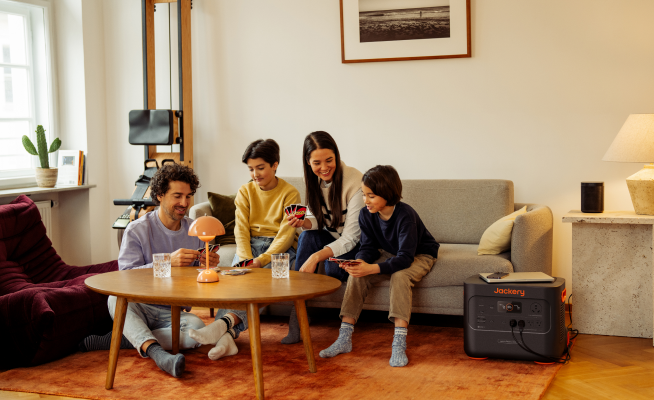
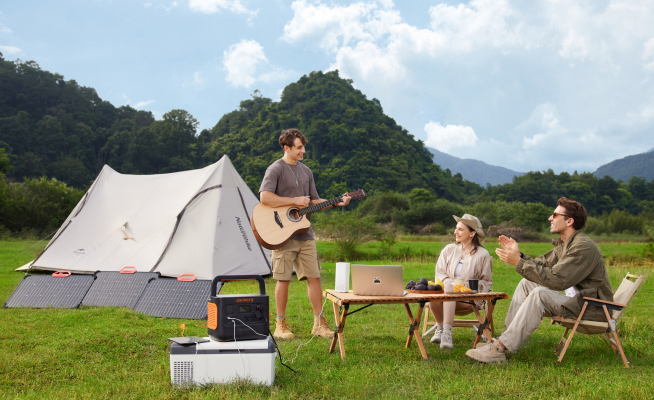
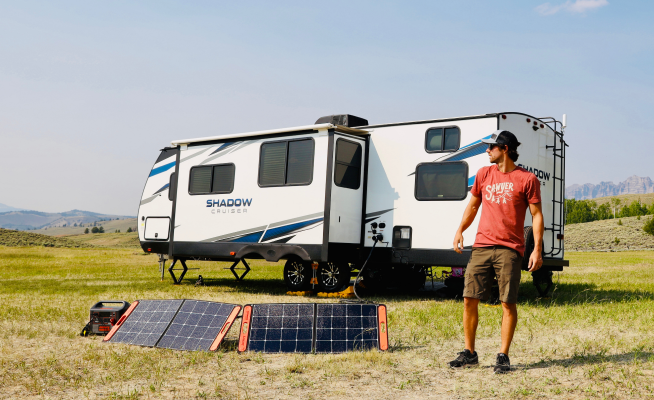


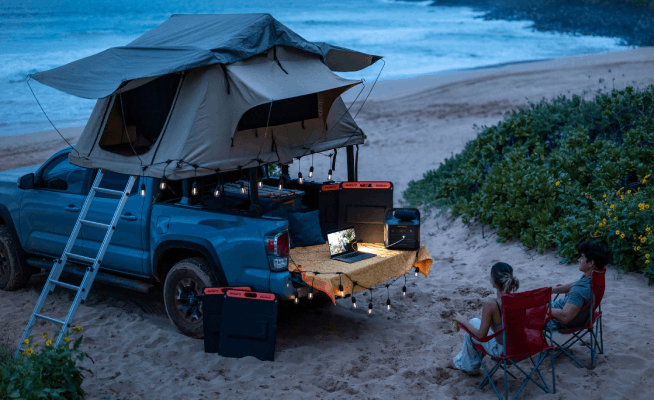
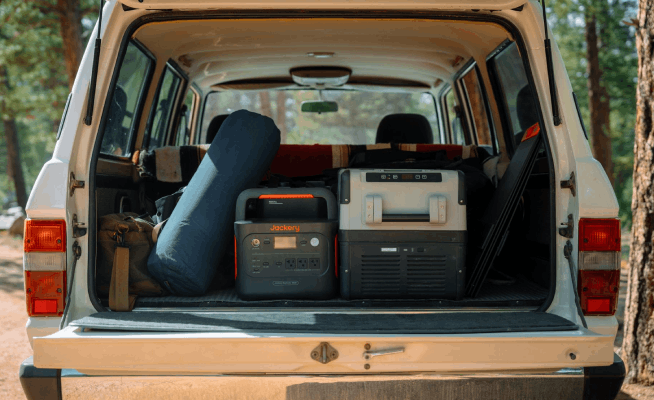

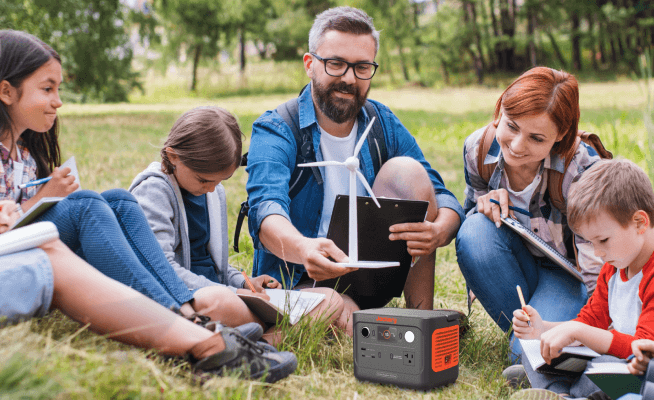











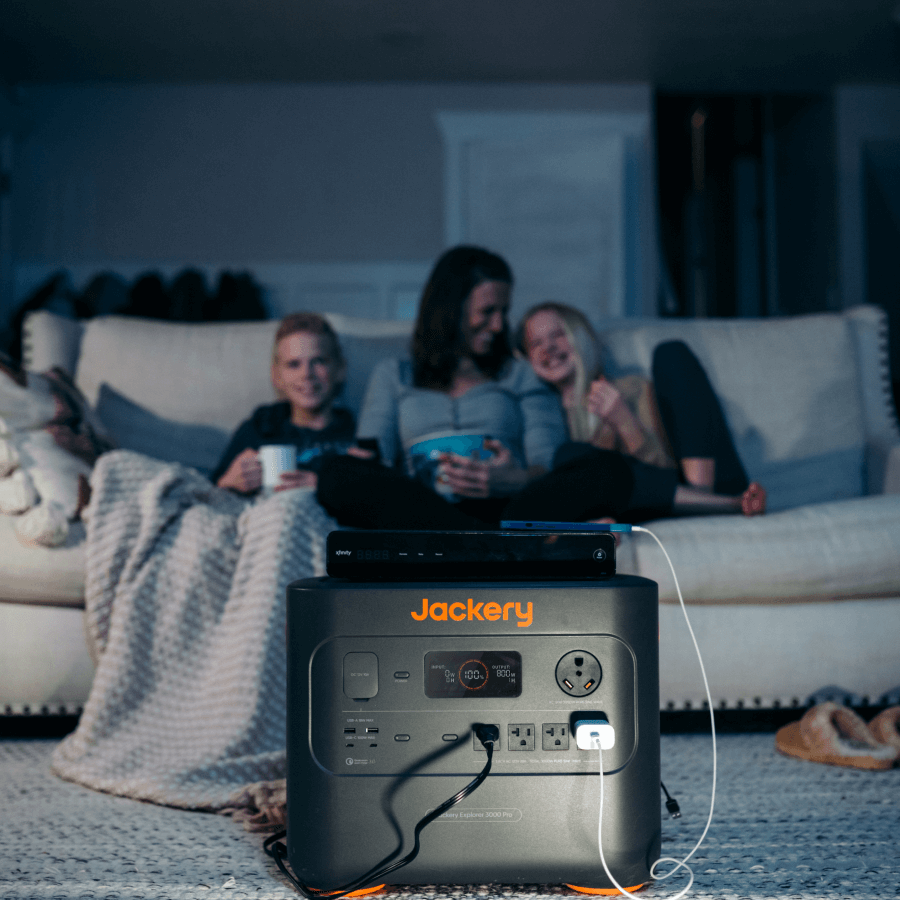
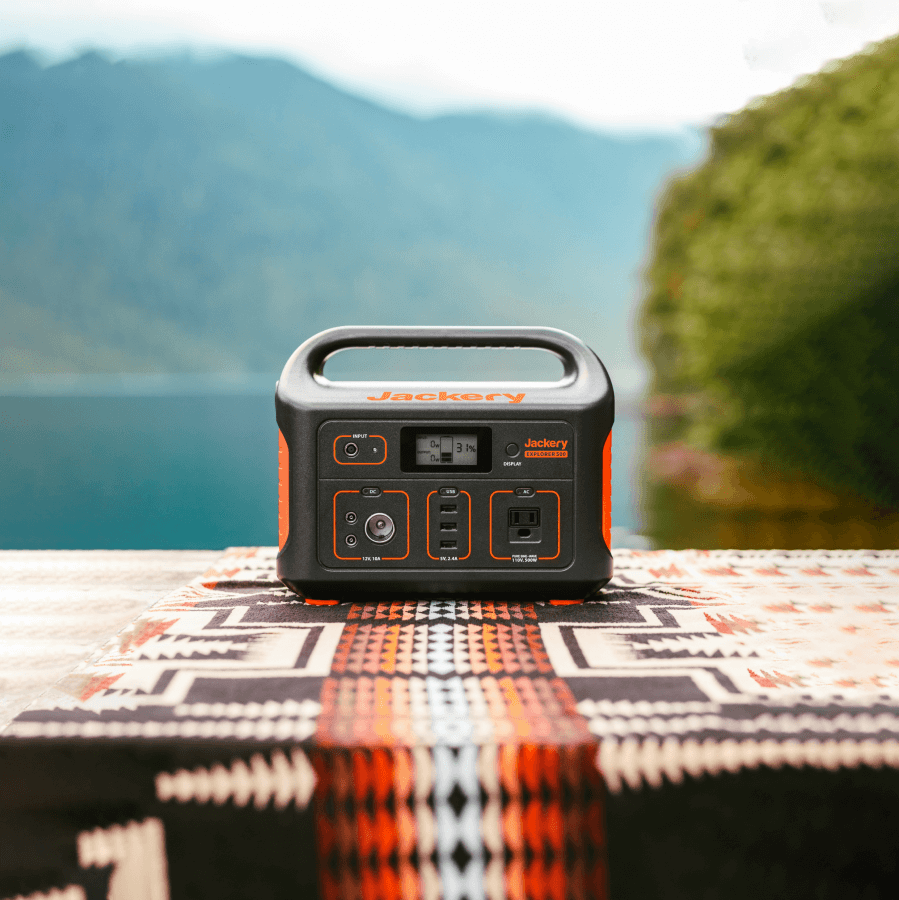
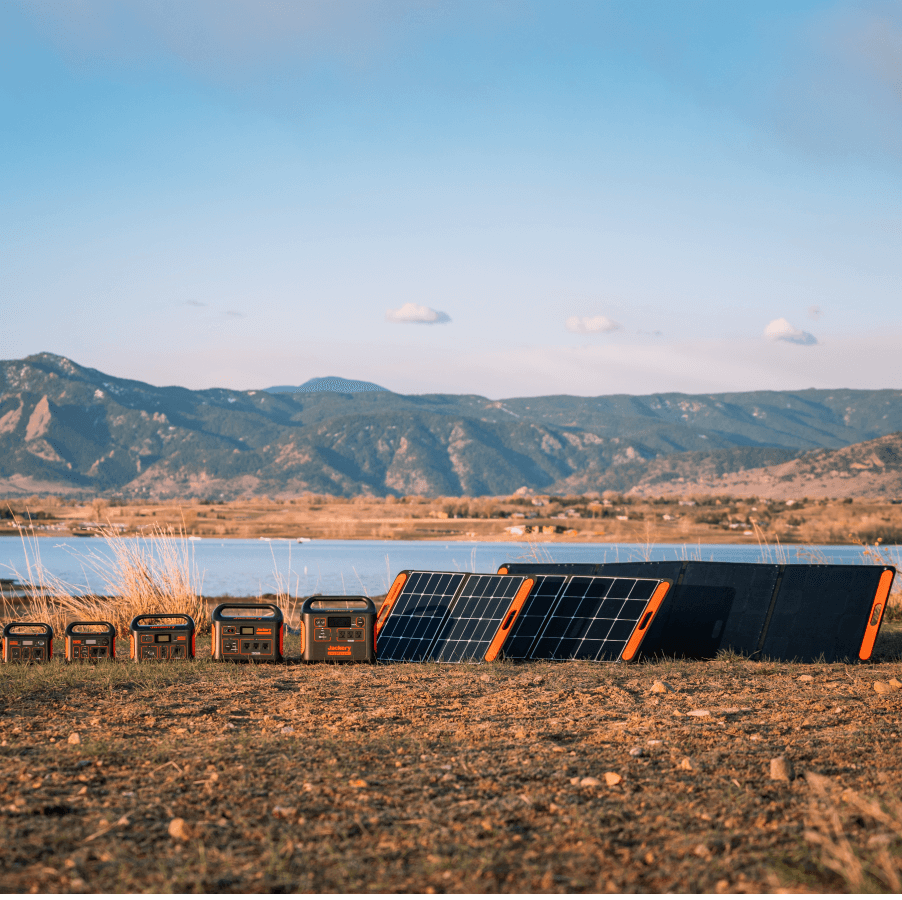

Leave a comment